Don't hesitate to send a message
Web Menu
Product Search
Exit Menu
Abrasion Resistance and Tear Strength of Portable Plastic Beach Mat
Durability as a Key Feature
Durability is a critical factor when choosing an outdoor mat, especially for sandy or rocky environments. The Portable Plastic Beach Mat is widely used for beach trips, picnics, and other outdoor activities. Its ability to withstand abrasion and resist tearing determines not only its lifespan but also the comfort and safety of users. Understanding these performance aspects helps consumers select mats that remain functional and visually appealing over time.
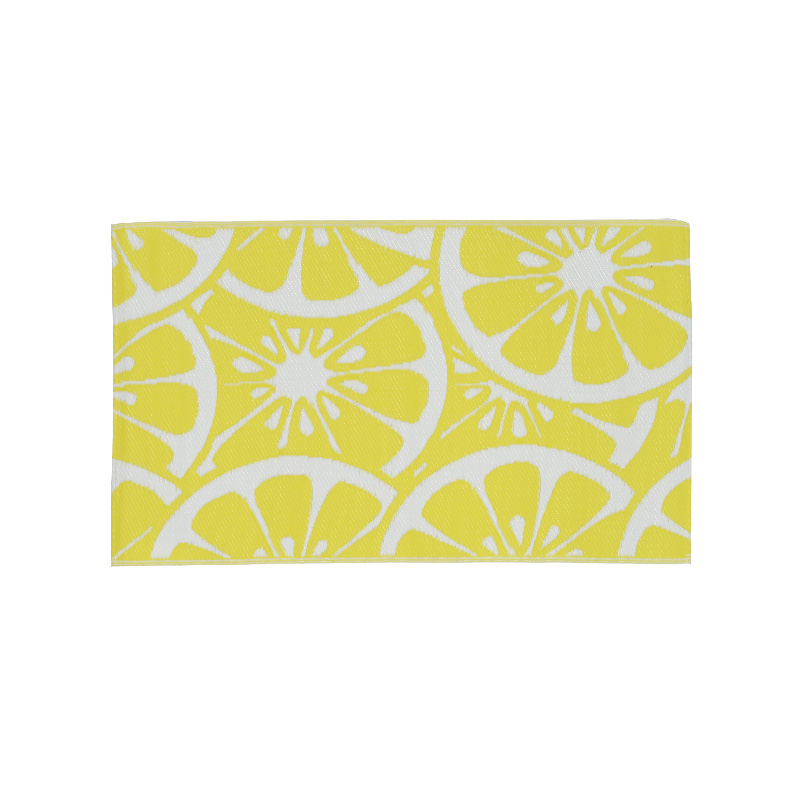
Material Composition and Its Impact
- Polypropylene Construction: Most portable plastic beach mats are made from high-density polypropylene (PP), a material known for toughness and flexibility. This allows the mat to endure repeated friction from rough surfaces without losing shape.
- Weave or Pattern Design: Mats often feature woven or interlaced textures, which distribute stress more evenly across the surface. This design reduces the risk of localized wear or early tearing.
- Surface Coating: Some mats have additional protective coatings that enhance resistance to friction and environmental damage, further improving longevity.
Performance on Various Outdoor Surfaces
- Sand: On sandy beaches, the mat experiences minimal abrasion. The loose particles of sand act as a cushion, reducing friction between the mat and the ground.
- Grass and Soil: Soft surfaces provide support while still exposing the mat to occasional dirt particles. The mat’s wear-resistant fibers prevent tearing even under repeated folding or movement.
- Rocks and Gravel: Rougher surfaces can increase the likelihood of scratches or small tears. Mats with reinforced edges and higher-density materials perform better in these conditions, maintaining integrity even after extended use.
Factors Affecting Abrasion Resistance
- Frequency of Use: Frequent outdoor usage increases wear, especially if the mat is dragged or folded on abrasive surfaces.
- Weight Load: Heavy items placed on the mat or vigorous activity can create pressure points that stress the material.
- Environmental Conditions: Exposure to sun, wind, or moisture can weaken plastic fibers over time, making them more prone to abrasion or tearing if not properly cared for.
Design Features for Enhanced Durability
- Reinforced Edges: Many mats incorporate stitched or thicker edges to prevent fraying, which is a common site of tearing.
- Anti-Slip Backing: Textured backings reduce movement across surfaces, decreasing friction and potential wear.
- Flexible Construction: A slight flexibility in the plastic material allows it to bend without breaking, reducing the risk of cracks forming in high-stress areas.
Maintenance and Longevity Tips
- Regular Cleaning: Removing sand, dirt, or small debris prevents particles from grinding against fibers, which could accelerate wear.
- Proper Handling: Lifting the mat instead of dragging it across rough surfaces preserves both shape and strength.
- Storage Practices: Rolling loosely and storing in a shaded, dry environment prevents UV damage and brittleness that could compromise durability.
Reliable Wear and Tear Performance
The Portable Plastic Beach Mat demonstrates good abrasion resistance and tear strength when used appropriately. Its polypropylene construction, reinforced design, and textured surface allow it to withstand a variety of outdoor conditions, from soft sand to rough gravel. By following proper care and maintenance practices, users can extend the mat’s lifespan, ensuring a comfortable and durable outdoor experience. Choosing a high-quality mat with thoughtful design features enhances reliability and makes it a practical investment for frequent outdoor activities.
-

Lightweight Polypropylene Plastic Outdoor RV Mat
Features Weather-resistant polypropylene mat UV-stabilized to prevent fading Mold and mildew-resista...
-
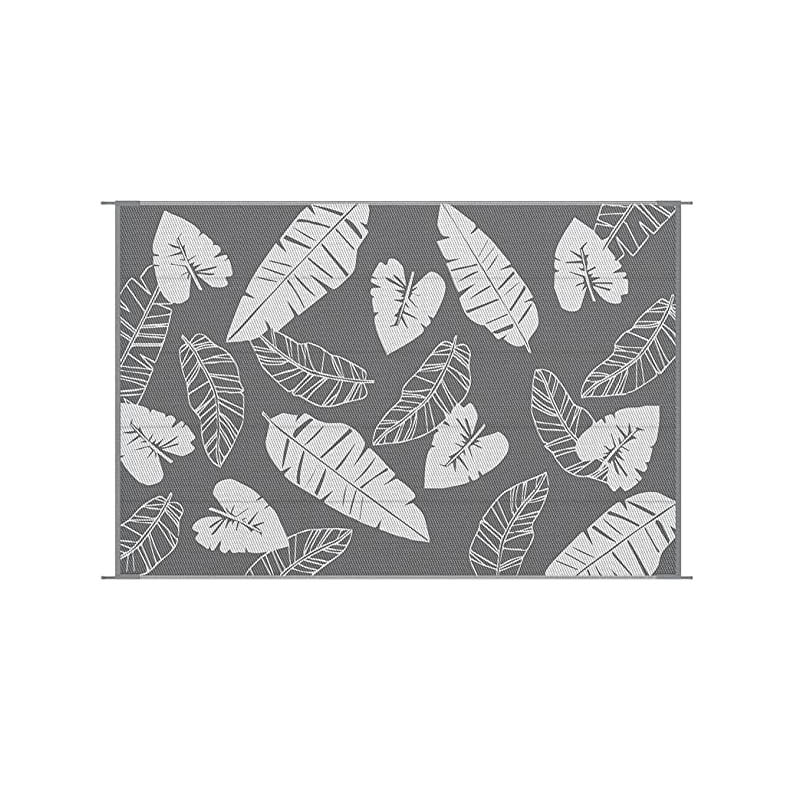
Large Foldable Anti-UV PP Weaving Straw RV Rug
Features Soft And Durable: Made with virgin polypropylene breathable material designed to be safe to...
-
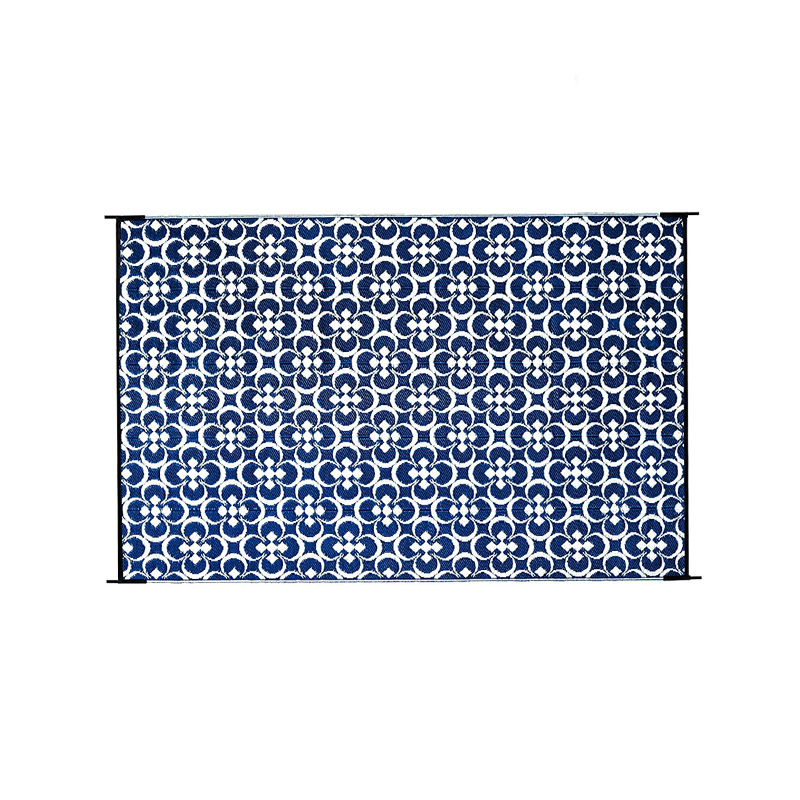
Recycled Moistureproof Plaid Outdoor Mat For RV
Features Heavy-Duty & High Quality & Durability: Our heavy-duty reversible RV mats are made ...
-
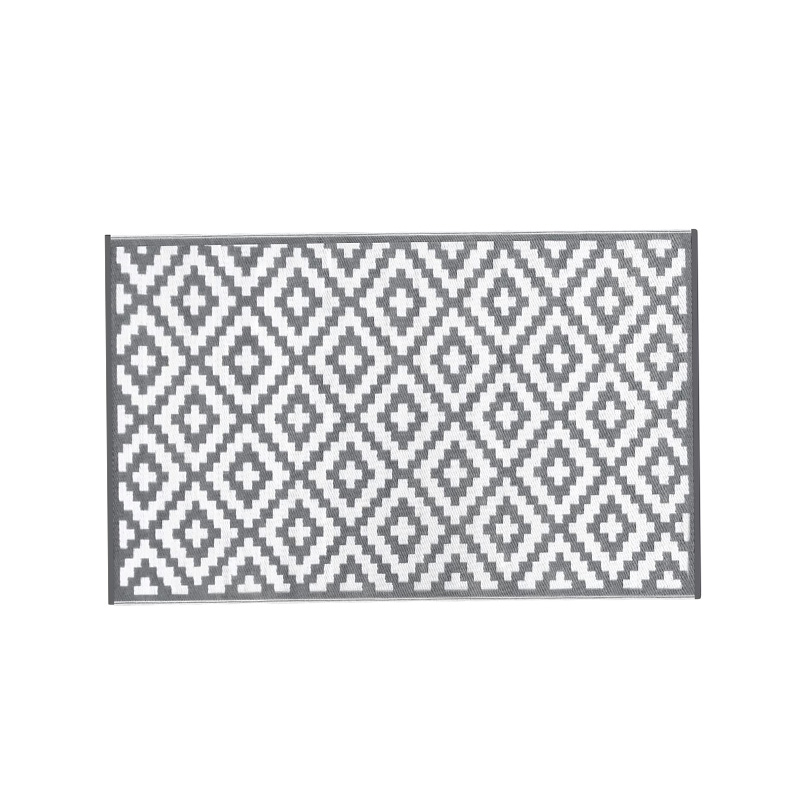
UV Resistant Patio Outdoor Rug
Features Reversible Stain-Resistant Straw Rugs: The outdoor rugs for patio clearance is a reversible...
-
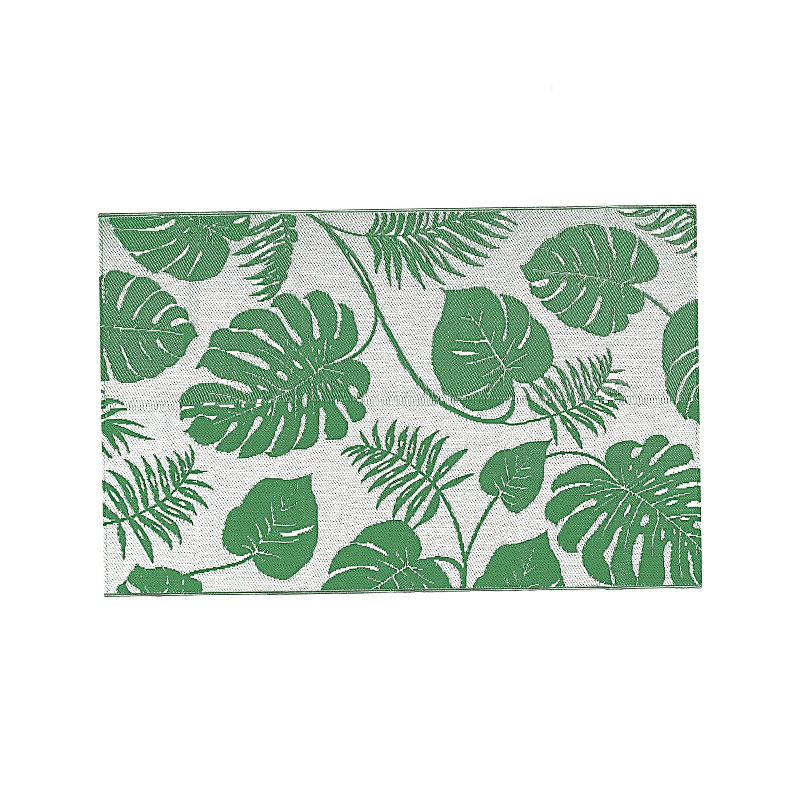
Durable Outdoor Polypropylene Mat For Patio
Features Reversible Outdoor Rug: The outdoor plastic straw rug with timeless medallion design is ele...
-
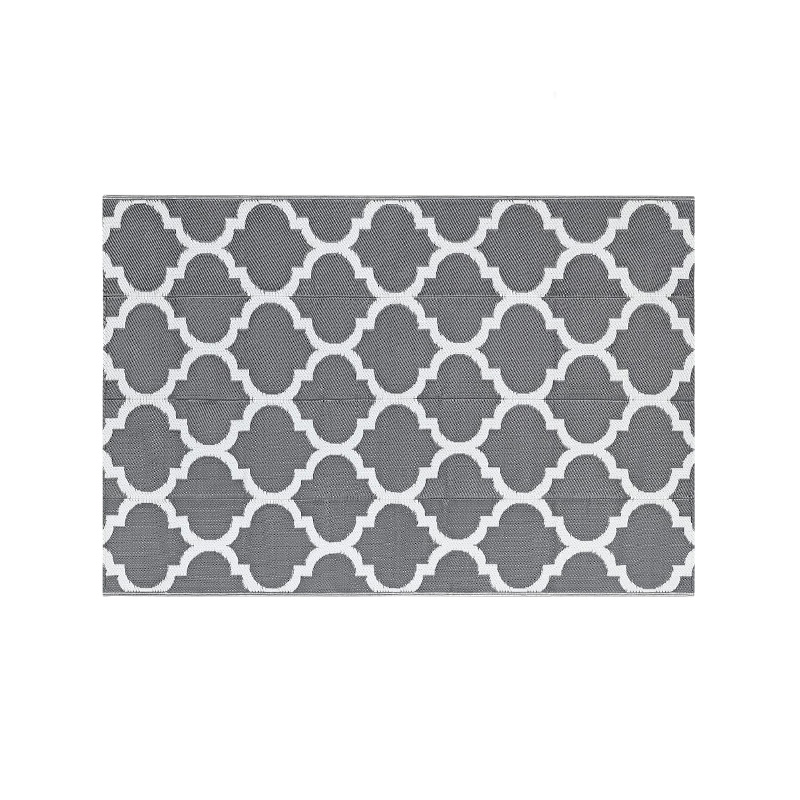
Recycled Plastic Straw Matting For Outside
Features Reversible Outdoor Rugs: It is easy to use on the patio, deck, beach, and backyard. This ou...
-
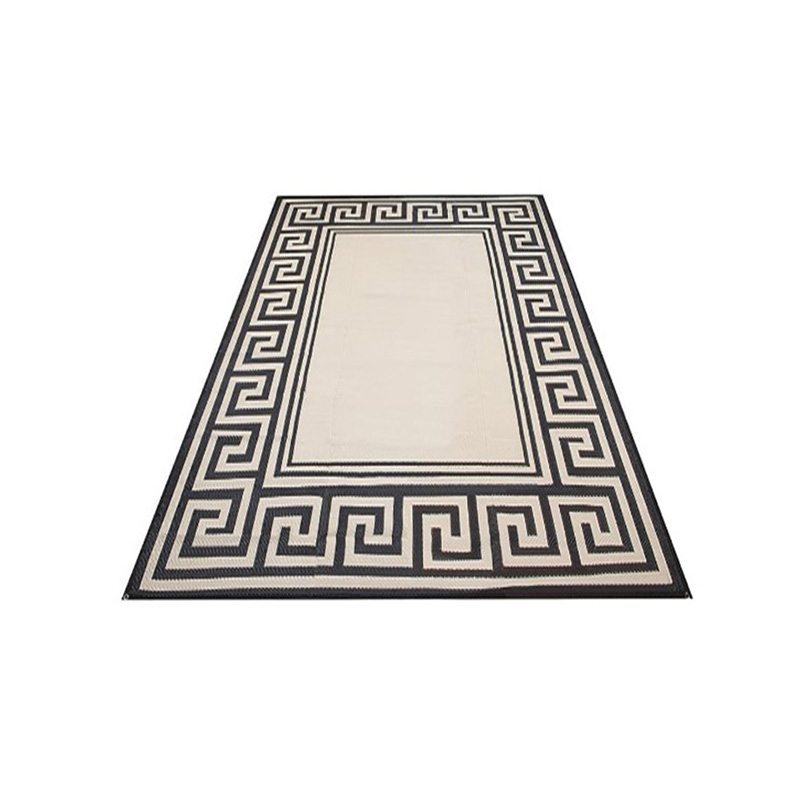
BSCI Audit PP Straw Camping Outdoor Rug
Description Introducing the BSCI Audit PP Straw Camping Outdoor Rug by AIYISI, an outdoor gear manuf...
-
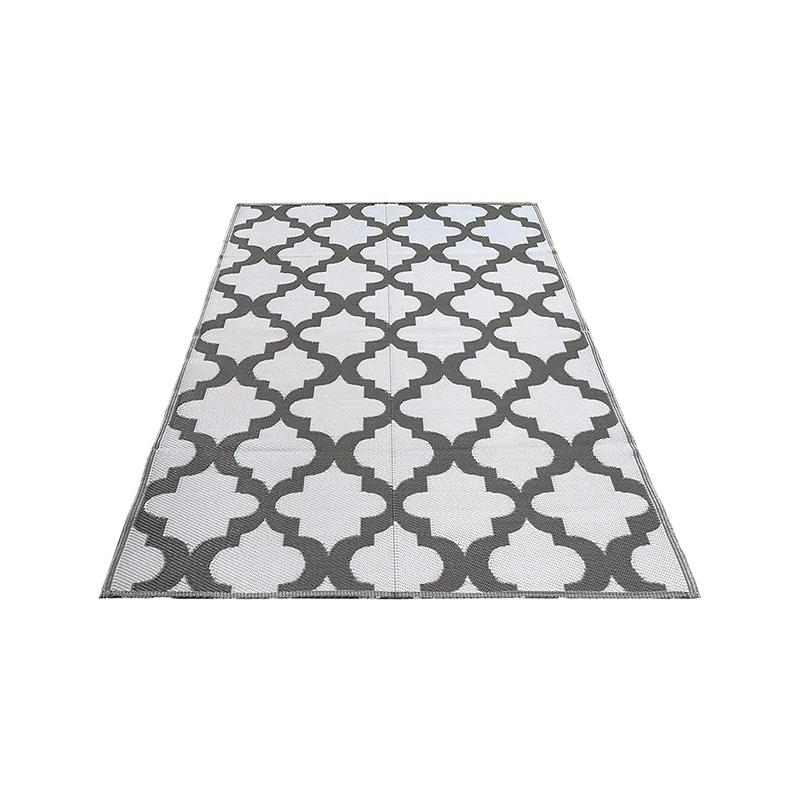
Plastic Matting Cheap PP Woven Recycled Campping Mats
Description At AIYISI, we take pride in offering high-quality outdoor products tailored to meet the ...

- FAX : 86-0576-83352177
- E-mail : [email protected]
- Phone : +86-0576-83207588
- Add: No.10 Yongan Road, Binhai industrial park, Sanmen County, Taizhou City, Zhejiang, China.


 English
English Deutsch
Deutsch

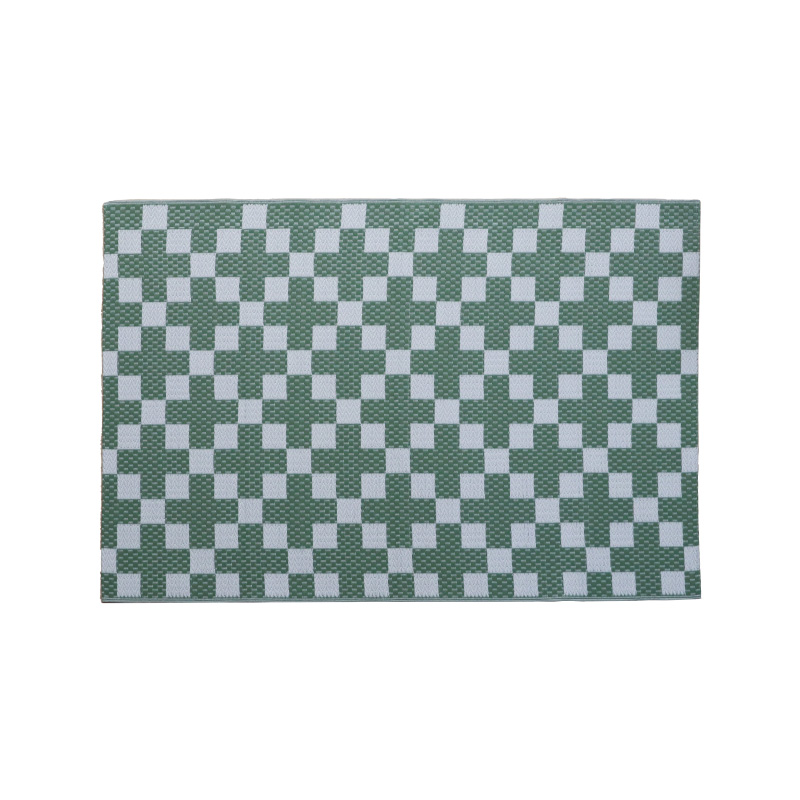

 Facebook
Facebook Youtube
Youtube Twitter
Twitter Instagram
Instagram